-
×
-
×
-
×
-
×
Corydoras similis – Petite Spotted Bottom‑Dweller for Planted & Community Aquaria, Stunning Algae Eaters that Thrive in Freshwater Environments, Ideal for Community and Planted Tanks 2 × £16.00
-
×
Subtotal: £292.32



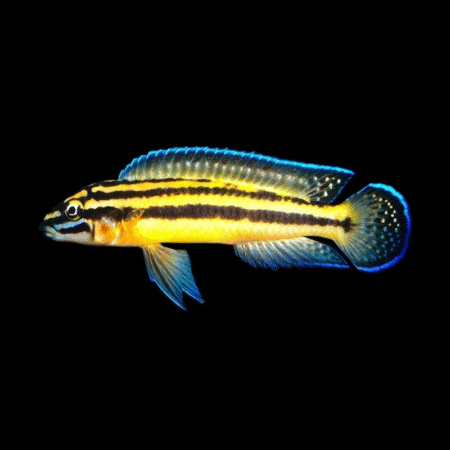
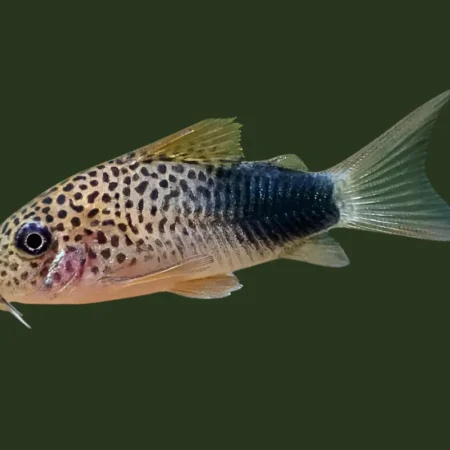 Corydoras similis – Petite Spotted Bottom‑Dweller for Planted & Community Aquaria, Stunning Algae Eaters that Thrive in Freshwater Environments, Ideal for Community and Planted Tanks
Corydoras similis – Petite Spotted Bottom‑Dweller for Planted & Community Aquaria, Stunning Algae Eaters that Thrive in Freshwater Environments, Ideal for Community and Planted Tanks 
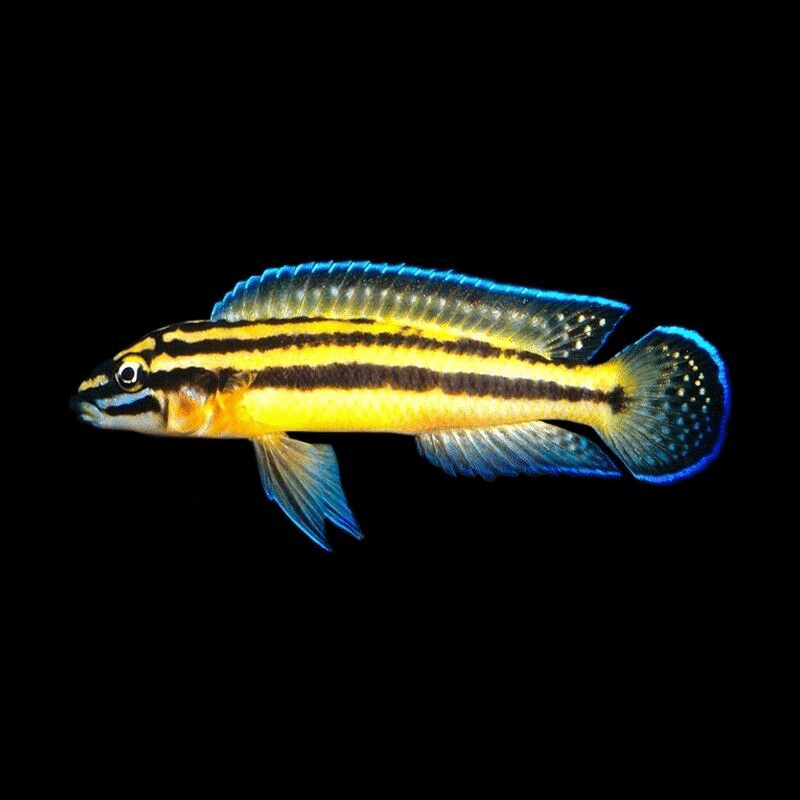
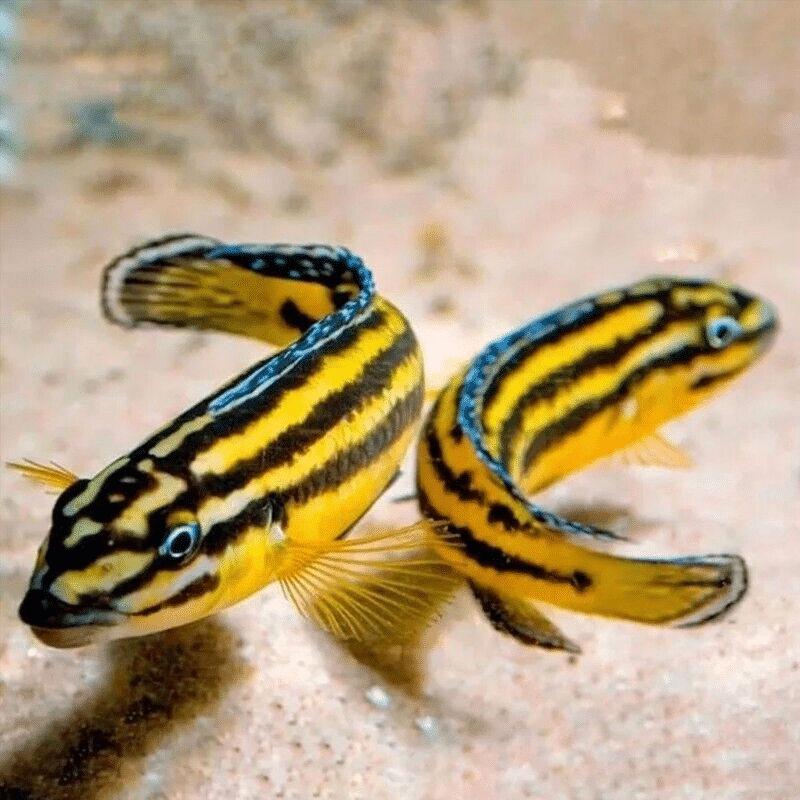
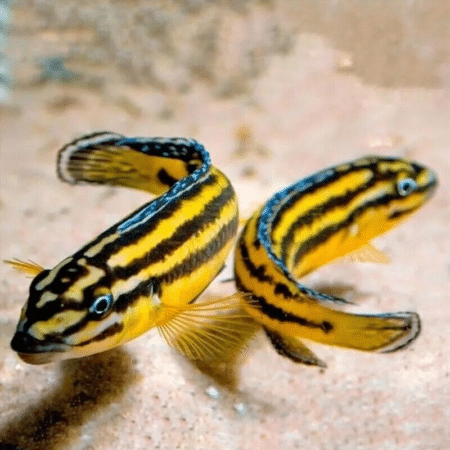
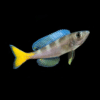












Emily Carter (verified owner) –
I recently added the Kipili Regan’s Julie to my 75-gallon Lake Tanganyika aquarium, and I couldn’t be happier! This stunning cichlid has vibrant colors that bring life to the tank. After about two weeks in their new home, I’ve noticed they are adjusting beautifully and have even started displaying their natural behaviors, which is such a joy to observe. I was initially worried about the shipping, but the fish arrived healthy and stress-free, thanks to the care taken during transit.
As a caring fish parent, I prioritize fish welfare, and I can proudly say that these fish thrive on a varied diet of quality flakes and frozen foods. Compared to other cichlids I’ve kept, the Julidochromis Regani seems less aggressive and more community-friendly, making them a perfect choice for my mixed-species tank.
If you’re looking to enhance your aquarium with lively, beautiful fish that are easy to care for, I highly recommend the Kipili Regan’s Julie. They are perfect for both seasoned hobbyists and those just starting out. Just ensure you provide plenty of hiding spots in your aquarium, and you’ll have happy, healthy fish!